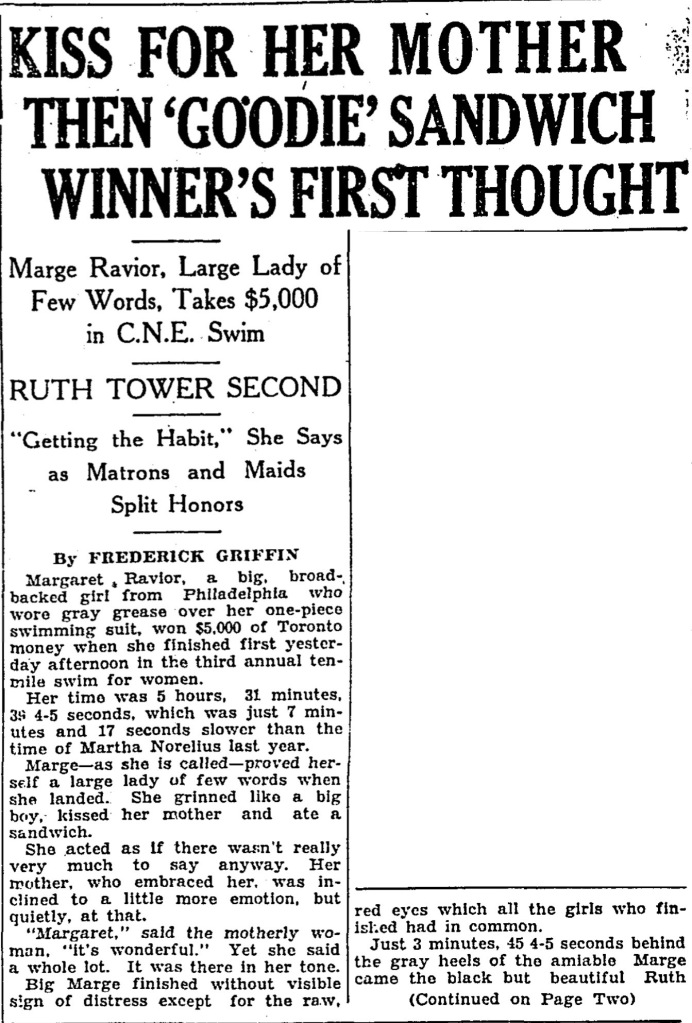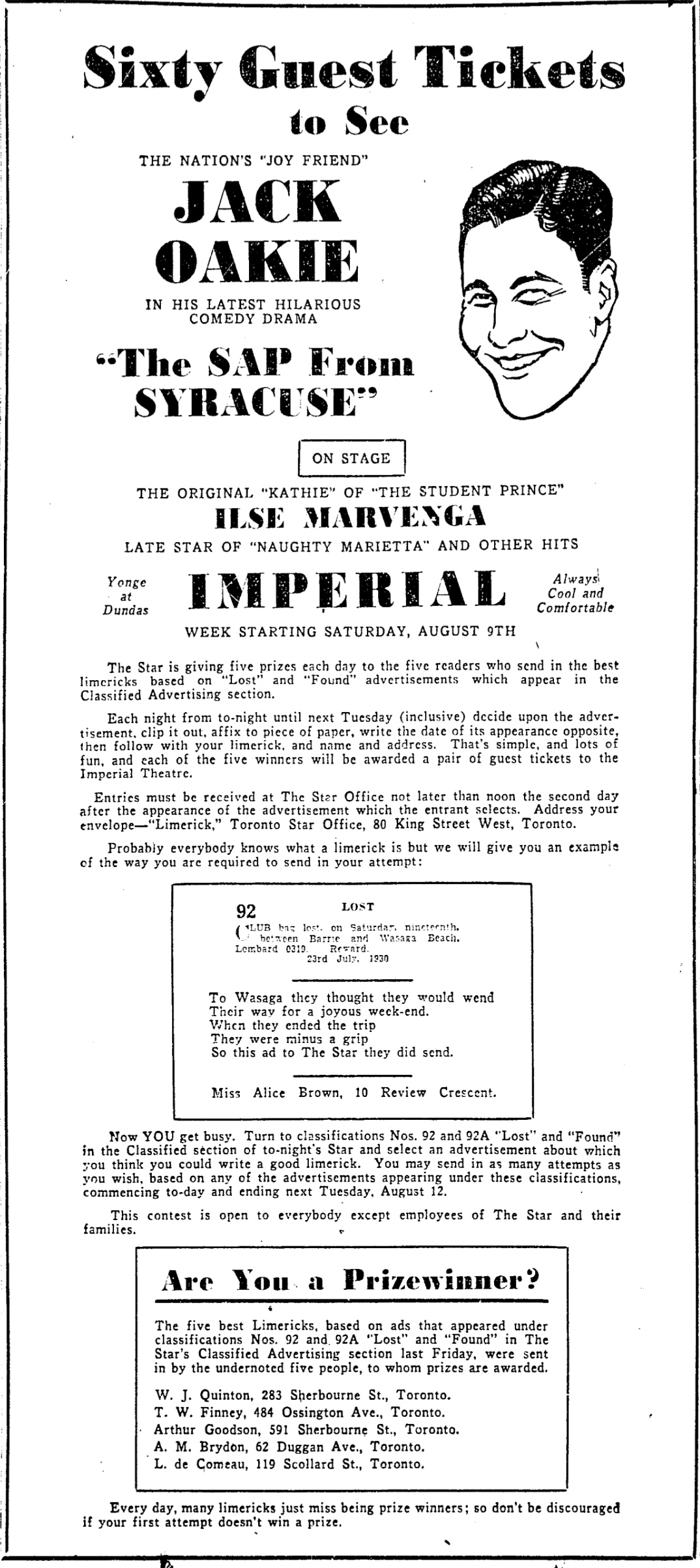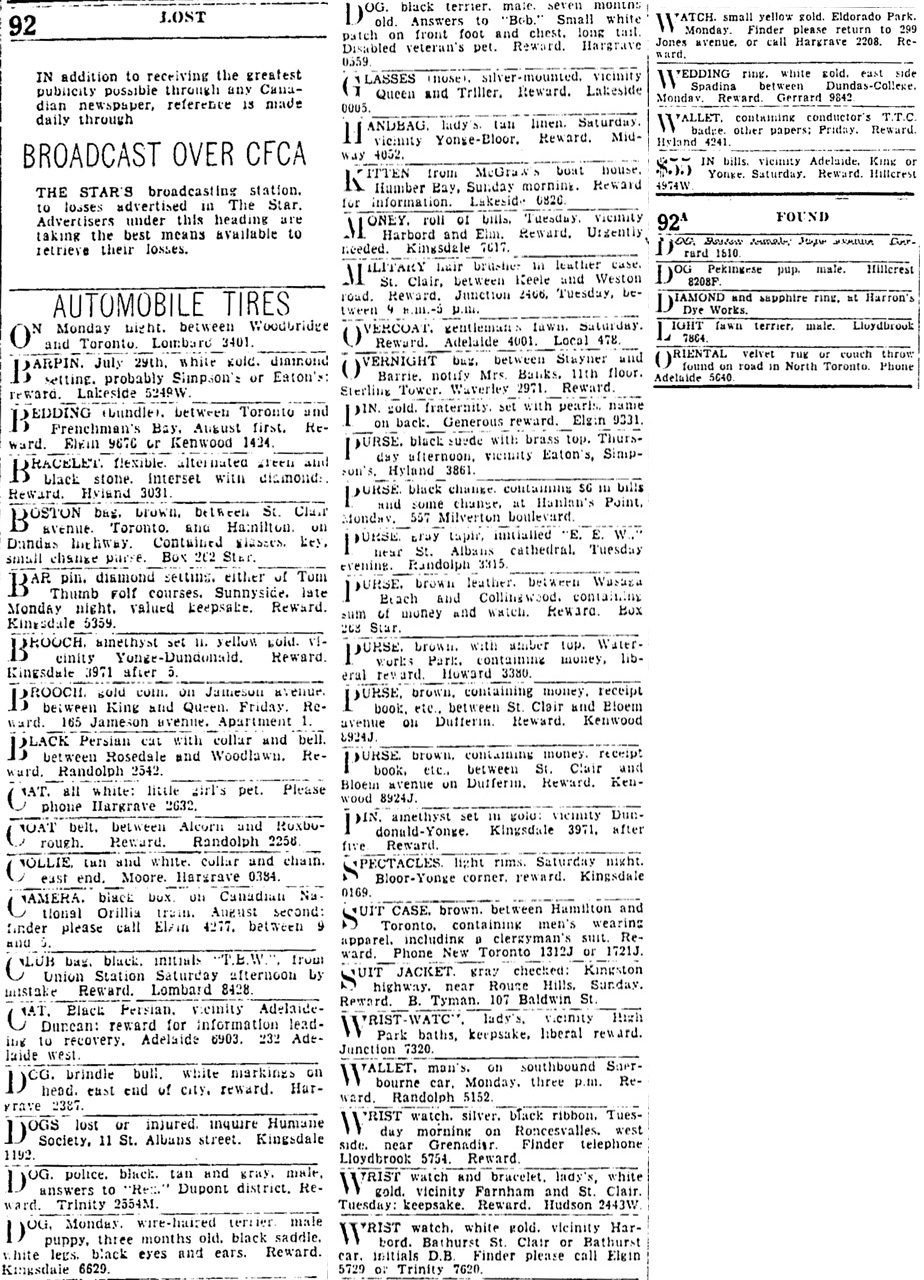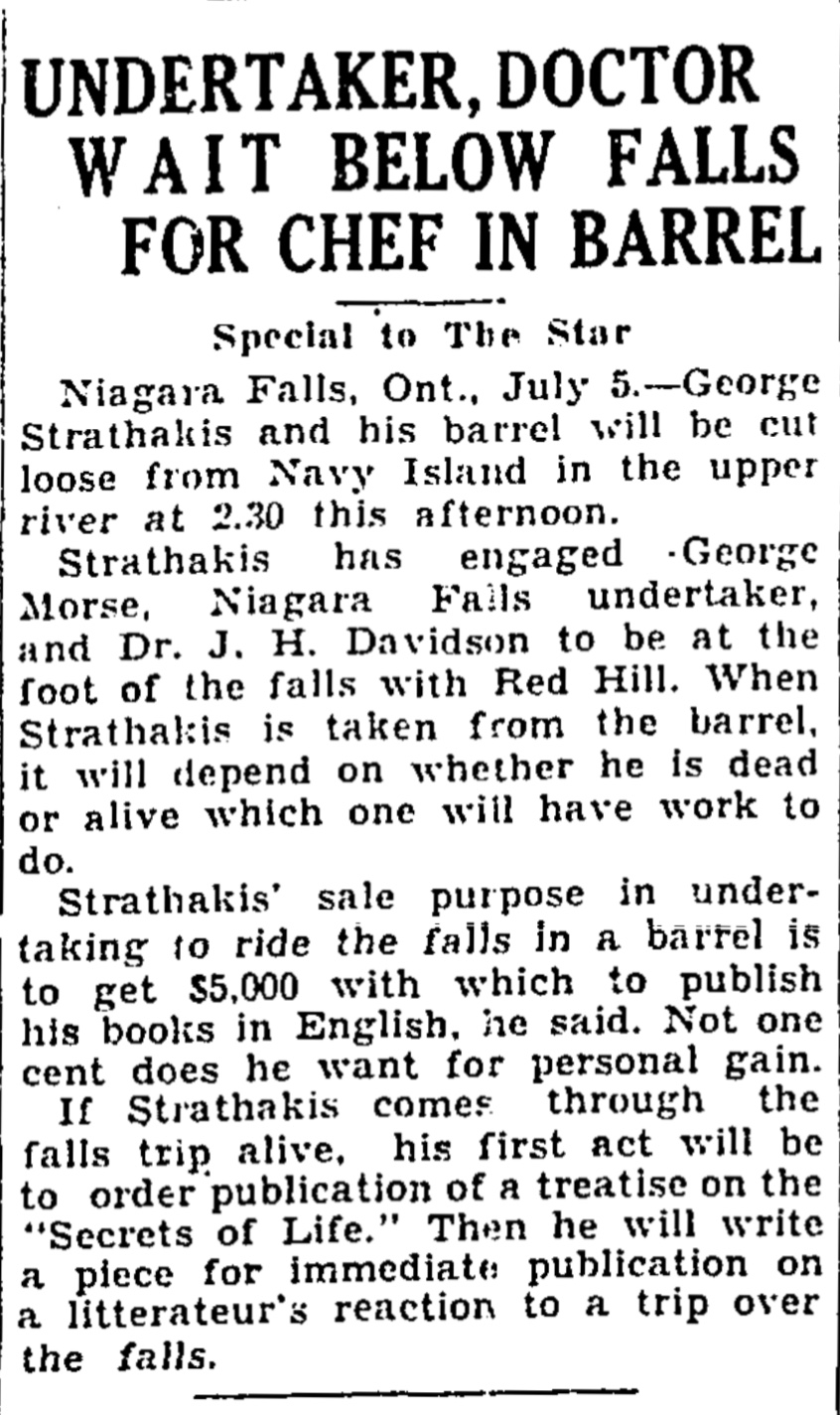In 1930, Canada was still closely enough linked to Britain that a picture of an MP who had won a British by-election could be printed on the front page of a Canadian newspaper. Here’s a picture of the successful candidate as displayed in the December 11 1930 edition of the Toronto Daily Star:

Douglas Douglas-Hamilton (1903-1973) was the Marquess of Douglas and Clydesdale when he won the by-election in the East Renfrewshire riding for the Unionist Party (not the Conservative Party) in 1930. He remained an MP until he became the 14th Duke of Hamilton in 1940.
The Marquess, later Duke, was a noted pilot: he was part of the first squadron to fly over Mount Everest in 1933. In 1935, to understand the experience of the workers in his family’s coal mines, he worked briefly as a miner under the name of “Mr. Hamilton”.
In 1936, he was part of a multi-party British delegation invited by Germany to view the Olympic Games in Berlin, during which time he might or might not have met Rudolf Hess. In 1941, when Hess flew to Scotland to attempt to fashion a secret peace treaty with the British, he asked to meet with the Duke, who met with him as requested and then promptly notified Winston Churchill of his arrival.













